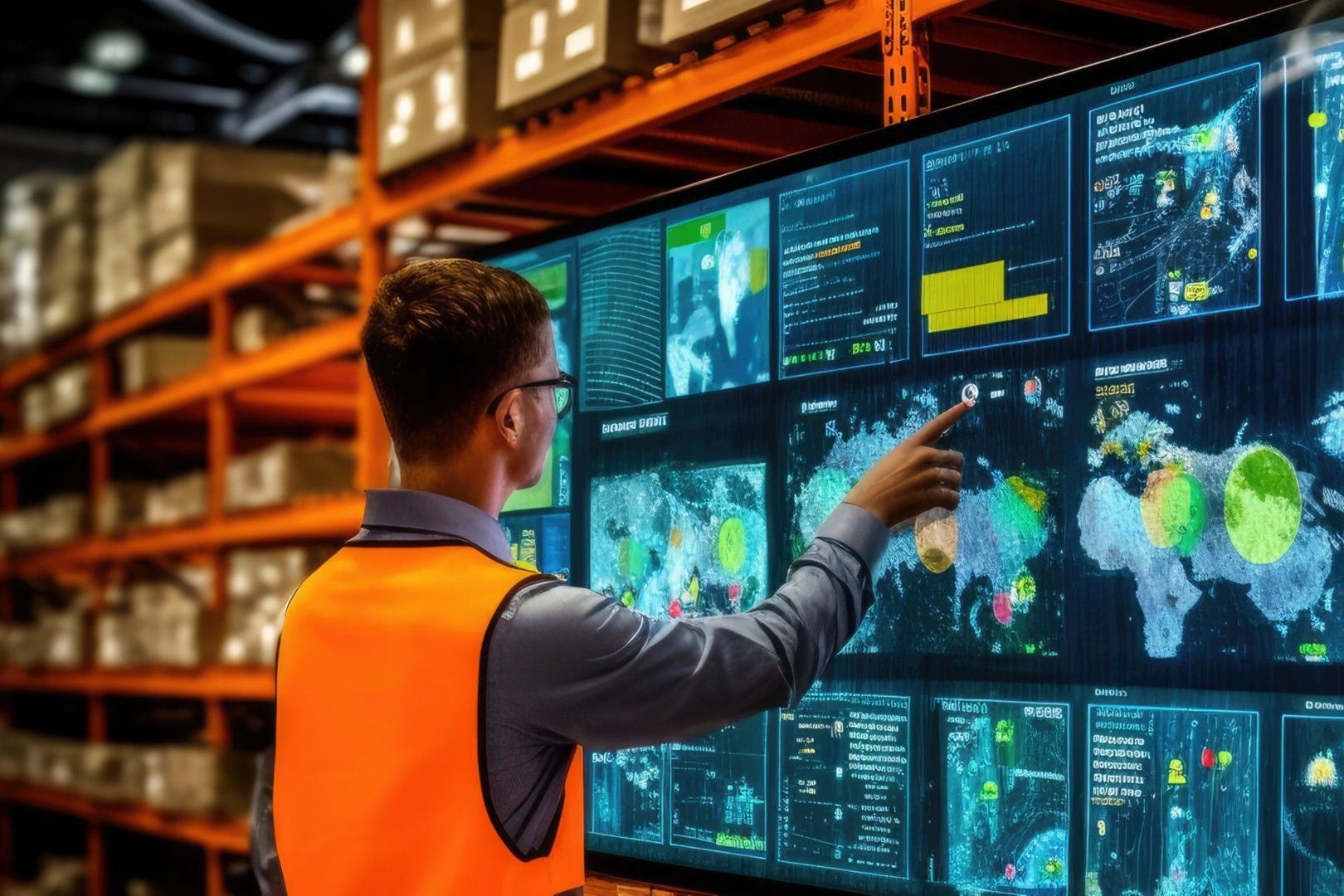EY refers to the global organization, and may refer to one or more, of the member firms of Ernst & Young Global Limited, each of which is a separate legal entity. Ernst & Young Global Limited, a UK company limited by guarantee, does not provide services to clients.
How EY can help
-
Work with EY and Blue Yonder to streamline your supply chain for efficiency and agility. Achieve strategic growth and innovation. Learn more.
Read more -
EY and Blue Yonder design and deliver global supply chain transformational projects and create long-term value for their customers. Learn more.
Read more
Serving a global marketplace is fraught with risks and complications. A supply chain that spans thousands of miles is vulnerable to disruptions from the first mile to the last. From demand volatility and labor shortages to closed shipping routes and evolving trade regulations, companies must identify these disruptive events in real time, define a resolution and execute that action immediately, across first, middle and last miles of the extended supply chain.
In addition, most organizations have blind spots when it comes to international trade. They can’t answer simple questions about how a trade embargo or tariffs and related disruptions will impact their high-level global shipping plans or the day-to-day execution of those plans. They can’t automatically screen for denied or restricted parties.
In today’s omnichannel, multinational marketplace, companies can sell products and promise delivery anywhere in the world. But those fulfilment promises are meaningless unless they are supported by a robust operational execution framework that’s global in nature.
While many companies have invested in expensive custom integration efforts to connect these disparate solutions, that’s not enough. Technology systems need to be truly interoperable. They must be able to facilitate and share a real-time perspective and act in concert with one another.
If data is added in one solution, like transportation management system – shipping cost increase or a blocked transportation lane, it should instantly appear in other solutions, like order management system, where the impact on customer promises is immediately visible. Regarding global trade rules and restrictions, the solution should flag denied or restricted parties at the time of order booking itself, as well as confirm compliance throughout the fulfilment process.
Additionally, companies are increasingly looking for the ability to dynamically plan and replan across their global fulfilment network. And they are looking to enhance their customer service levels via real-time visibility into fulfilment status, leading to enhanced satisfaction and long-term revenue growth.
Simply put, we need a solution framework that helps companies to navigate the challenge of worldwide, omnichannel commerce – and future-proof their end-to-end supply chain, no matter what.
It requires a change in mindset and a reimagination of the traditional approach to the supply chain, but companies absolutely must start thinking in terms of end-to-end synchronization instead of achieving functional excellence via a series of separate point solutions. The shared end goal should be seamless, profitable global order fulfilment – and every function must be aligned with that single objective.




